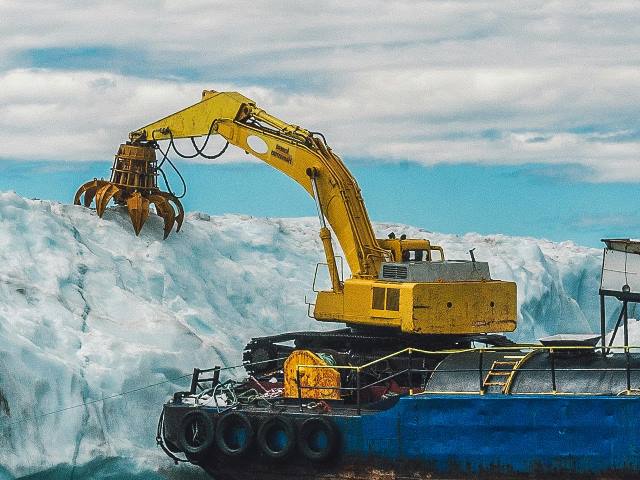When it comes to moving heavy material quickly and efficiently, you need hydraulic horsepower, the type of ground-breaking power the excavator can deliver.
But did you know that one of the most frequent jobs performed by excavators is lifting?
On a typical job site, excavators may be used to lift, move and place a range of materials. Learning to lift safely is critical for anyone who owns or operates an excavator. Let’s begin with the basics.
How to read excavator lifting charts?
The versatility of hydraulic excavators is virtually unmatched in the world of construction equipment.
Whether it is compact, mid-range or large hydraulic excavators, these machines are ideal for lifting, moving and placing a wide range of materials.
As a result, it is important that hydraulic excavator operators are trained to properly lift loads or materials.
Excavator Lifting Capacity Chart
Learn the basics
The rated lifting capacity of any hydraulic excavator is determined by two factors: the hydraulic lifting capacity and the tipping load.
Hydraulic lift capacity is the point where the excavator is limited by its hydraulic power to lift a load. Tipping load is the point where the excavator begins to tilt or lift off the ground when lifting a load.
Manufacturers test according to standards to determine how much weight the excavator operator can lift and turn at various heights and distances from the machine’s centerline.
Based on these tests, manufacturers develop lift capacity or load rating tables, which are provided in the machine’s operation and maintenance manual or in the cab area for the operator’s reference.
How to calculate lifting capacity of a excavator?
Find your excavator configuration.
The lift chart on your excavator provides information that will keep you safe and get the job done right. At the top of the graph, you will find information indicating the configuration of the machine. For a compact excavator, this can include boom length, stick length, standard bucket weight, and quick coupler weight, if standard. The published lifting capacities assume the excavator is on a flat, level work surface.
Determine the height of the lift point.
Next, look at the left column on the lift chart to determine the lift point height, the distance from the ground to the bucket pivot pin, not from the ground to the object you are lifting.
When measuring the height of the lifting point, consider how high you will need to lift the item, including the height of the item itself, the length of the lifting device, and how high you want to position the item.
Find the elevation radius.
Now determine the elevation radius from the center line of the pivot point. This distance is shown in the top row of the elevation table.
Are you lifting on the front of the excavator or on the side?
If you are using an excavator with a dozer blade, determine if it will be in the raised position to allow travel or in the low position to optimize stability.
Calculate your lifting capacity.
Now you can find the cell in the elevation graph where the elevation point height and the elevation radius intersect. This number is the lifting capacity of the excavator. If there is no number listed, the excavator has no lifting capacity and lifting should not be attempted.
Generally speaking, as your lift radius increases, the lift capacity will decrease. Also, the side lift is generally more limited than the lift from the front of the excavator.
Operating manual for excavator
It is important to know how to read and understand the lifting table of an excavator, the tables for compact excavators contain information that indicates the standard configuration of the machine.
Operators must be aware of lifting considerations resulting from additional attachments or attachment variations, as these alternative items can reduce the effective lifting capacity of a machine.
For example, the weight of slings, any auxiliary lifting devices, and the difference in weight of any attachment heavier than the standard configuration must be subtracted from the rated lifting capacity to determine the correct net lifting capacity.
There may be multiple lift tables for a large or mid-range excavator, depending on the combinations of boom length, stick length, bucket size, counterweight size, and shoe width.
Operators should pay particular attention to whether the weight of the bucket is incorporated into the lift table.
This varies by manufacturer and can affect the operator’s ability to accurately determine the lift because the bucket in use may not match the weight of the bucket used for the lift table.

Excavator Sizes Chart
The use of excavators for lifting operations, particularly on construction sites, has become more common over the last few years.

